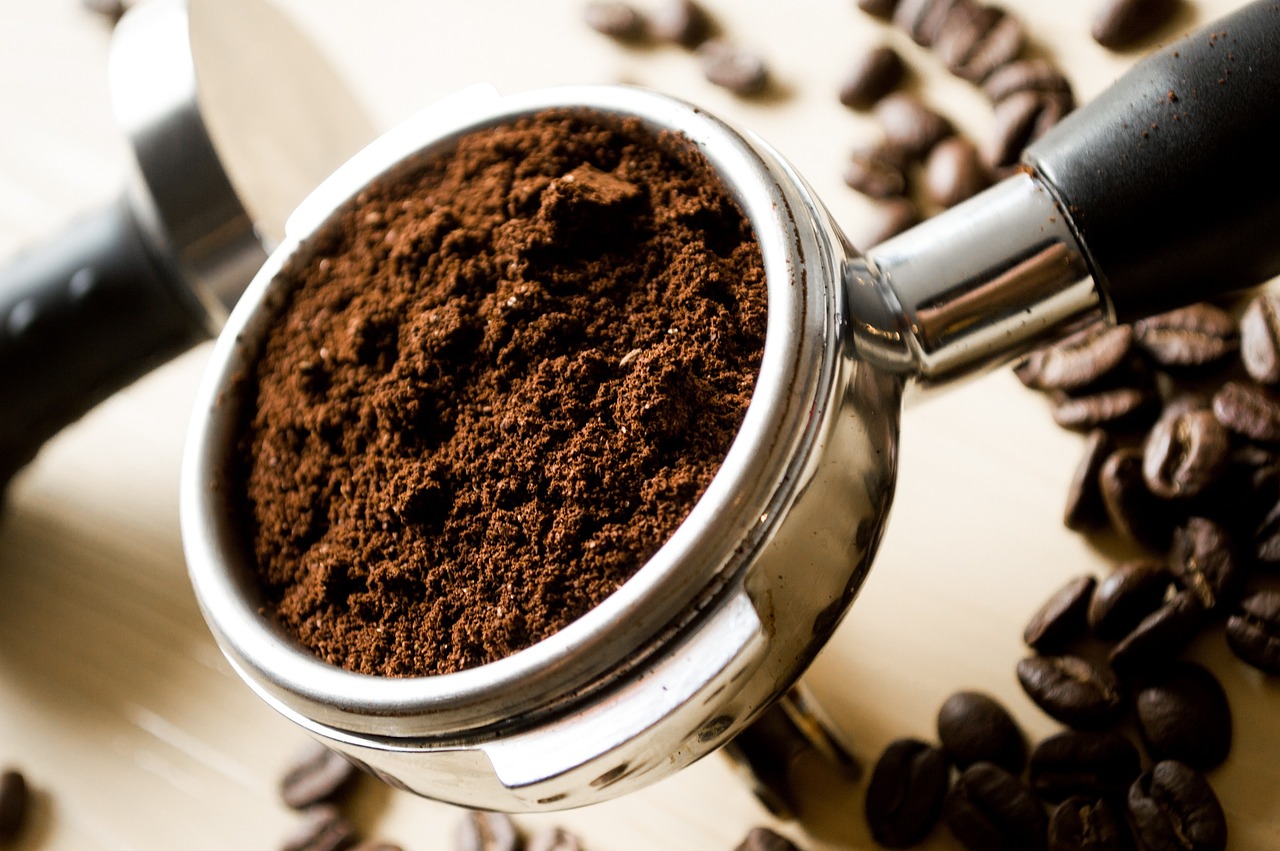
Arabica coffee futures were the best-performing soft commodity in Q3 2024, posting an 18.04% gain. Meanwhile, the ICE Arabica coffee futures moved 43.52% higher over the first nine months of 2024.
In a September 6, 2024, Barchart article on the price action in the Arabica coffee futures market, I wrote:
Arabica coffee futures have recovered to near the February 2022 high. A move above the $2.6045 technical resistance could propel coffee futures to challenge the $3 per pound level for the fourth time.
December ICE Arabica coffee futures were at the $2.3890 per pound level on September 6. While the price was higher in late October, it has declined from the most recent September 2024 high at just over $2.75 per pound.
Arabica coffee futures remain in a bullish trend
ICE Arabica coffee futures reached a $2.7505 per pound high in September 2024 before correcting.

The ten-year chart highlights the Arabica coffee futures market’s bullish trend that has taken the soft commodity from the May 2019 87.60 cents per pound low over three times higher to the September 2024 $2.7505 high.

The twenty-year chart illustrates the latest high was the highest price since September 2011.
Brazilian growing conditions have created supply concerns
The move to the highest price in thirteen years occurred because of adverse weather conditions in Brazil. The worst Brazilian drought in seven decades and above-average temperatures have weighed on coffee production. Adverse weather conditions in Brazil have pushed sugar and frozen concentrated orange juice prices higher over the past weeks and months as Brazil leads the world in free-market sugar and orange production.

As the USDA chart shows. Brazil produces 39% of the world’s annual coffee bean supplies, making the South American country the leading producer and exporter.
Vietnam is second, with 17% of the 2023/2024 coffee production. Vietnam specializes in producing Robusta beans.
Robusta futures corrected from the September record peak
While ICE Arabica coffee bean futures rose to the highest price in thirteen years in September 2024, ICE Robusta bean prices reached record highs.

The long-term chart of ICE Robusta coffee bean futures trading in Europe highlights the rise to $5,575 per metric ton. While the Arabica futures were 18.04% higher in Q3 and 43.52% higher over the first nine months of 2024, Robusta futures posted an over 37% Q3 gain and a 93.5% rise over the first three quarters of 2024. Robusta futures closed September and Q3 at $5,498 per ton and have moved lower in early Q4 but remain over $4,500 per ton.
Levels to watch in the Arabica beans- $3 is the upside target
The upside target in the ICE Arabica coffee futures market is the $3 per pound level.

The long-term chart dating back to the early 1970s shows that the price rose over $3 per pound in 1977, 1997, and 2011, making a series of slightly lower highs from the 1977 record $3.3750 high.
In 2024, cocoa rose to a new all-time high, eclipsing its 1977 record peak. Frozen concentrated orange juice futures also rose to the highest price in history last month. If Brazilian coffee bean production continues to decline and the weather does not cooperate, Arabica prices could follow Robusta prices, soaring to new all-time highs above $3 and challenging the 1977 $3.3750 per pound peak. If cocoa is an example, the price exploded to over double the previous 1977 high this year and remains above the pre-2024 high in October 2024.
No ETF or ETN products- The only choice is the futures arena
There are limited choices for market participants seeking coffee price exposure as the NIB ETN product ceased trading in June 2023.
Arabica coffee futures and futures options trade on the Intercontinental Exchange in the U.S., and Robusta futures and futures options trade on the Intercontinental Exchange in Europe. The futures involved leverage and margin requirements that can magnify risks. However, if coffee prices are going to follow cocoa, 2025 could be a very volatile year.
Eclipsing the $3 upside target in the Arabica futures could take coffee prices significantly higher as the agricultural commodity depends on Brazilian supplies. Coffee prices at the Q3 $2.7505 per pound higher were triple the level at the May 2019 low, but the potential for even higher highs remains a clear and present danger to coffee drinkers worldwide over the coming months.
On the date of publication, Andrew Hecht did not have (either directly or indirectly) positions in any of the securities mentioned in this article. All information and data in this article is solely for informational purposes. For more information please view the Barchart Disclosure Policy here.






